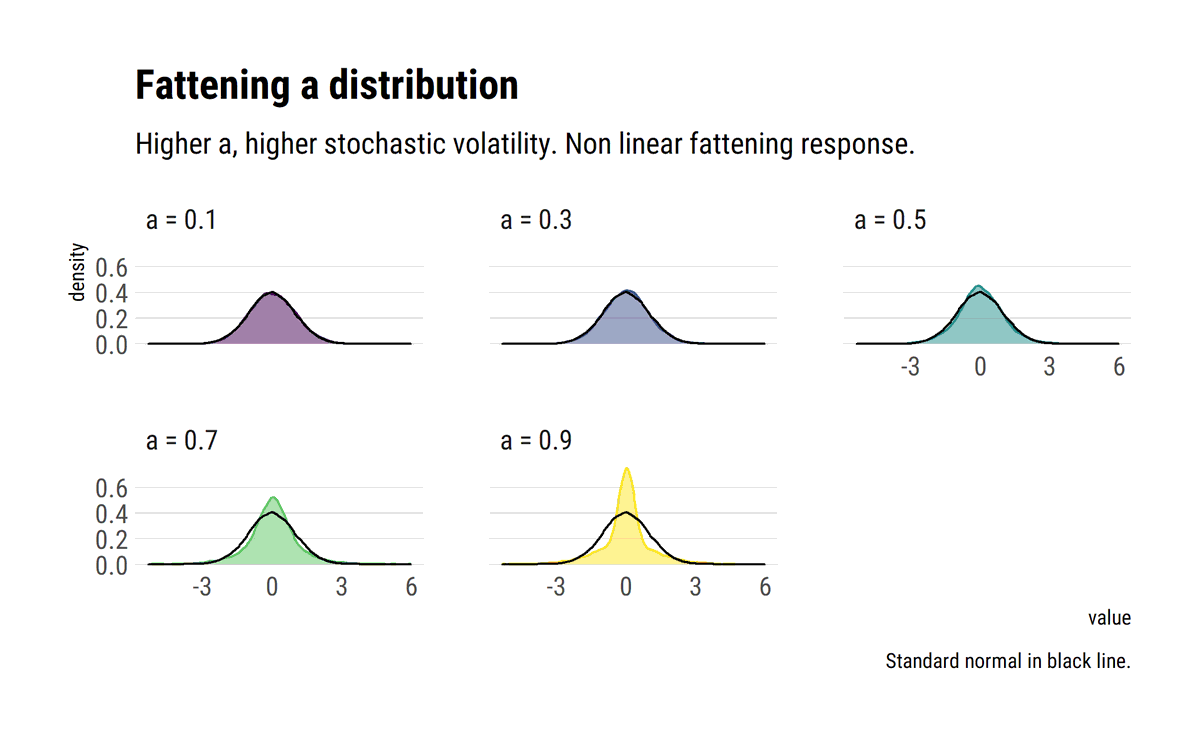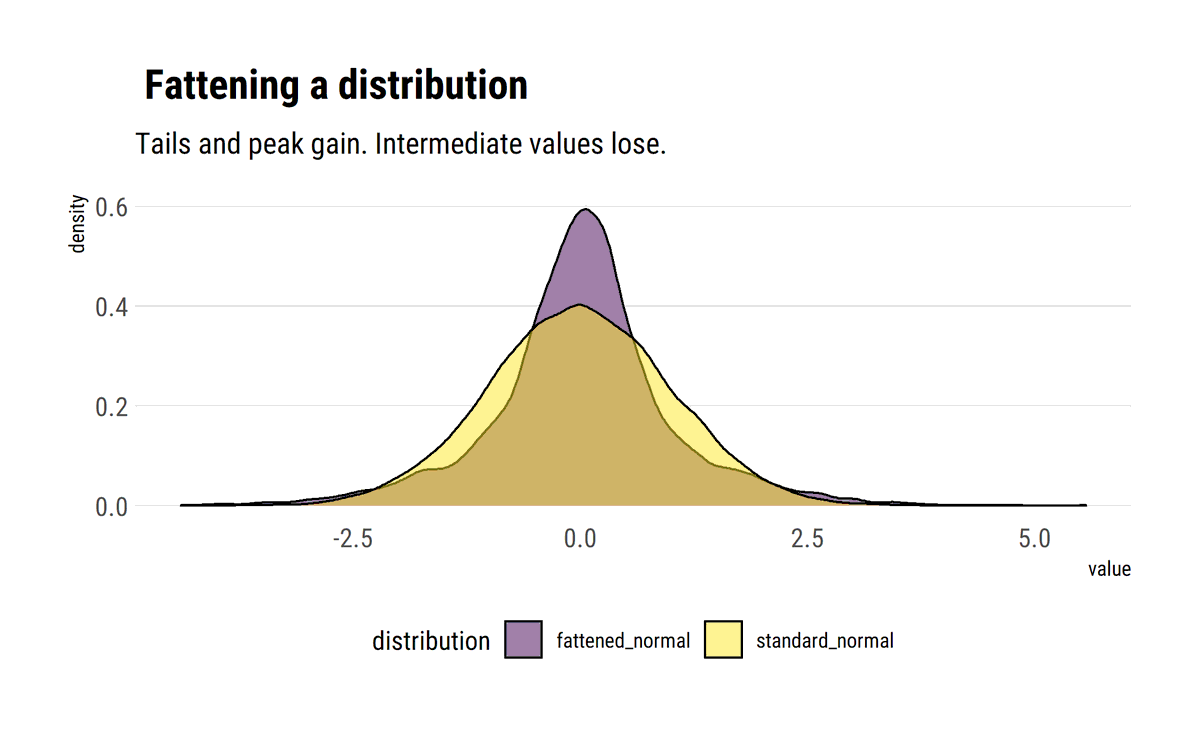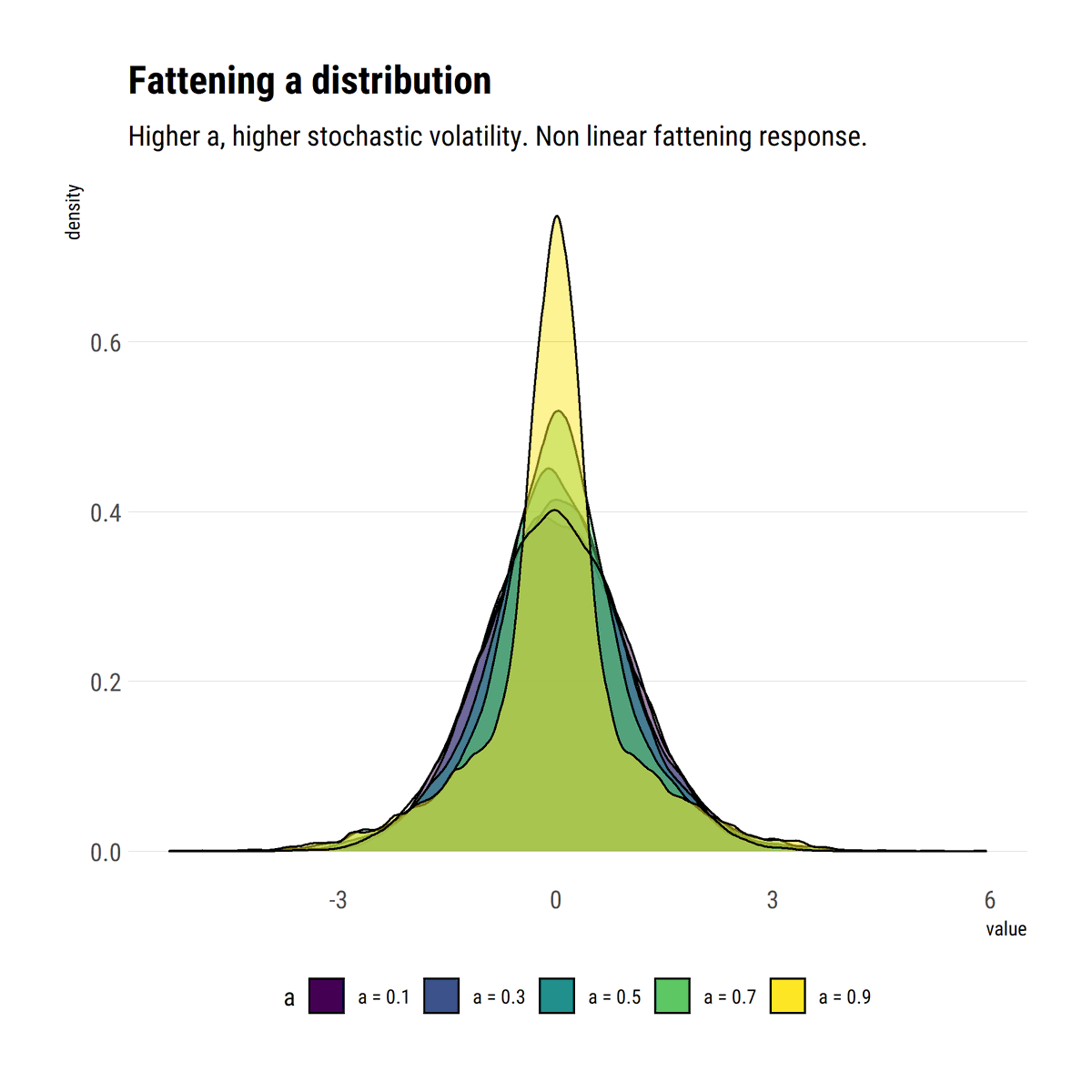
Dilettant'n Data Science. I enjoy multiplying random numbers over and over again. #rstats and Python.
3 subscribers
How to get URL link on X (Twitter) App


 With a single event, frequency calibration is meaningless. Yet there are other ways to ensure coherence in one's belief.
With a single event, frequency calibration is meaningless. Yet there are other ways to ensure coherence in one's belief.





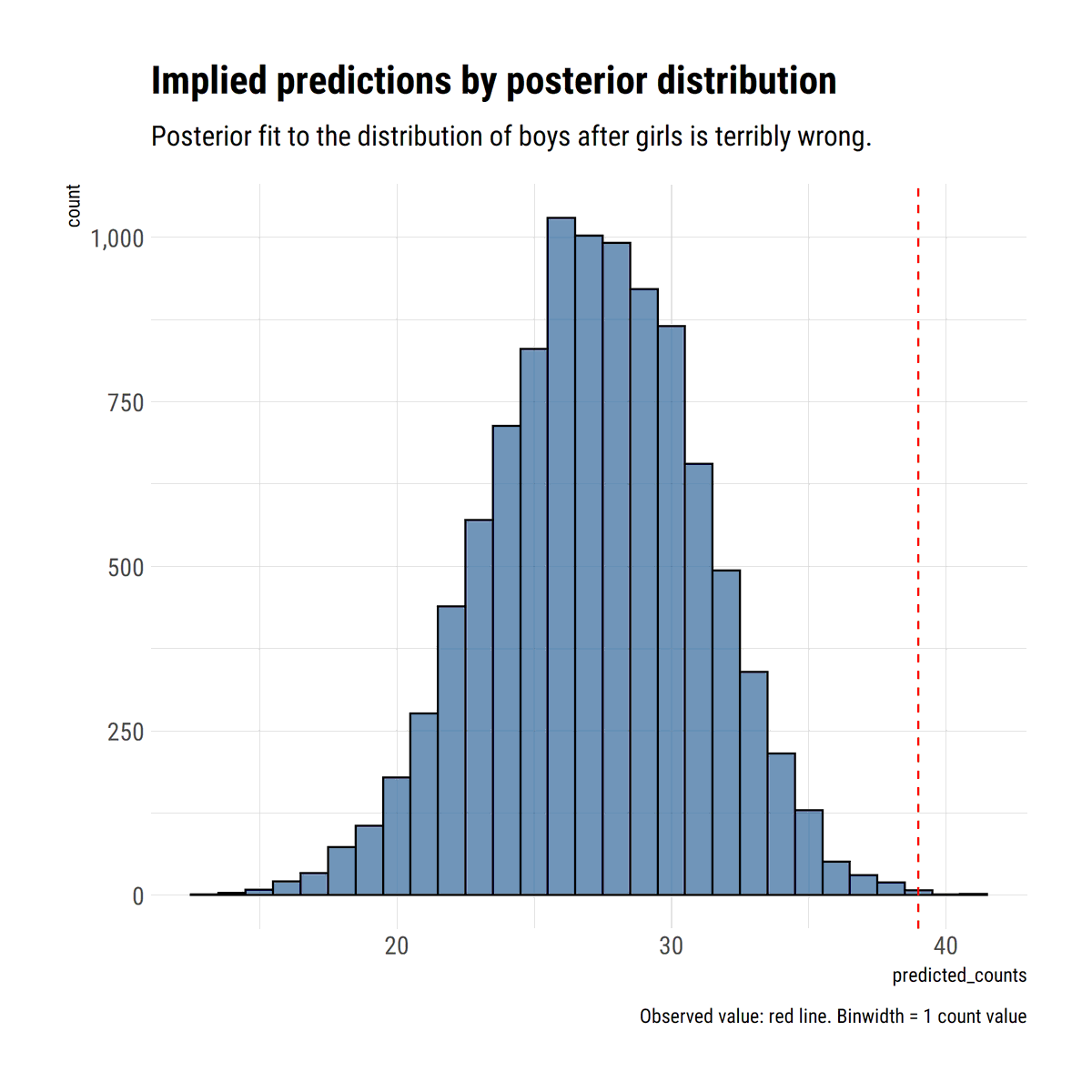

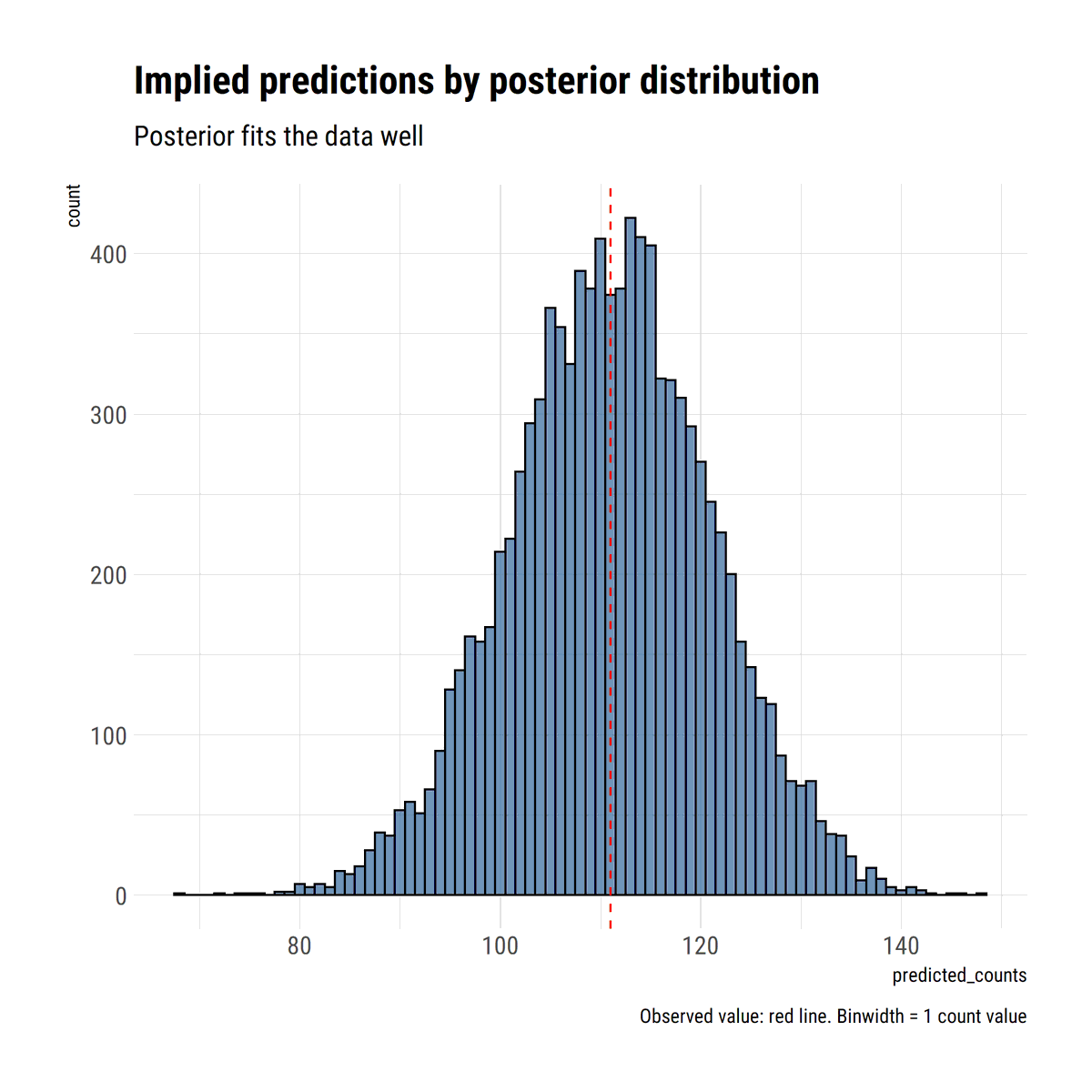 Week 2 of Statistical Rethinking! Lectures and homework completed. @rlmcelreath is equal parts entertaining and knowledgeable. Homework made crystal clear how difficult it is to set priors for polynomial models #tidyverse #rstats
Week 2 of Statistical Rethinking! Lectures and homework completed. @rlmcelreath is equal parts entertaining and knowledgeable. Homework made crystal clear how difficult it is to set priors for polynomial models #tidyverse #rstats

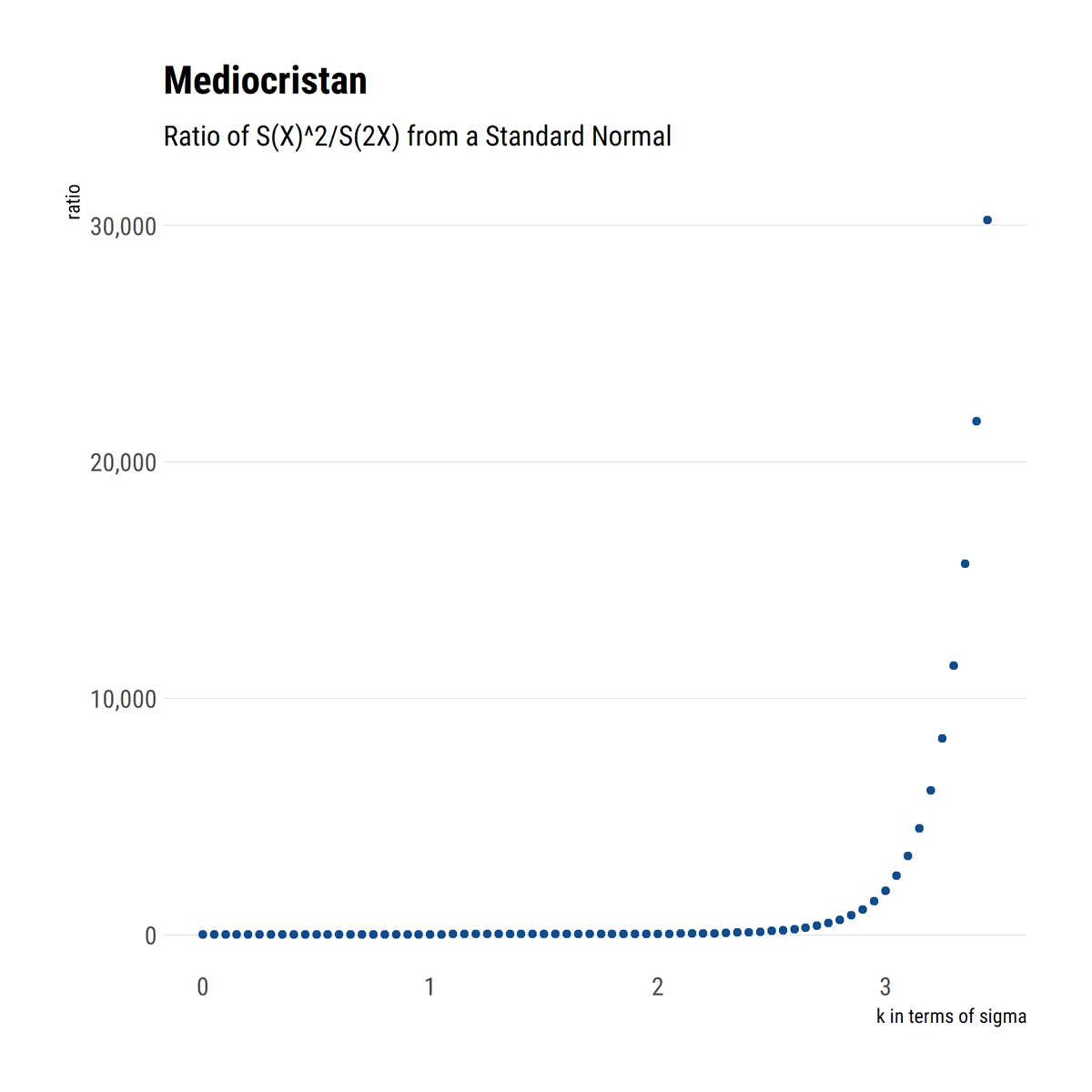

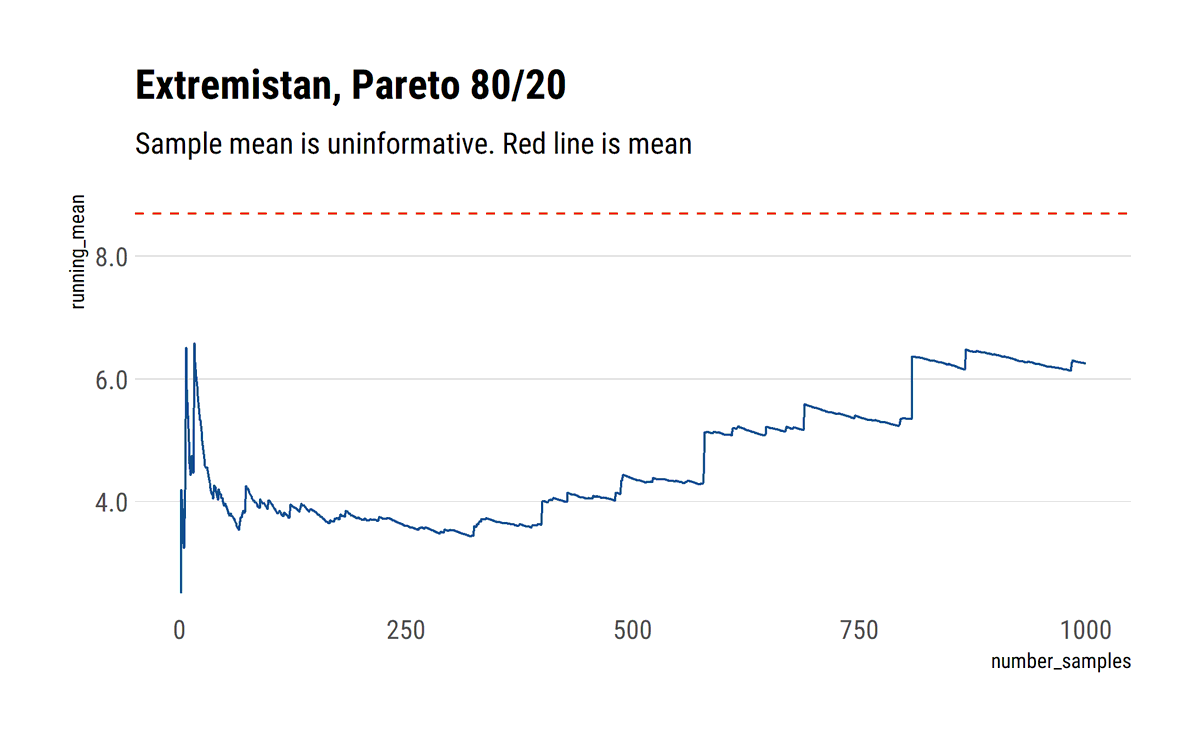 #rstats and @nntaleb's work. By fattening the tails, one learns that the tail events are convex to the scale of the distribution. Thus, the problem compunds: tail events have an increasingly large role, but we cannot estimate their probabilities reliably
#rstats and @nntaleb's work. By fattening the tails, one learns that the tail events are convex to the scale of the distribution. Thus, the problem compunds: tail events have an increasingly large role, but we cannot estimate their probabilities reliably 